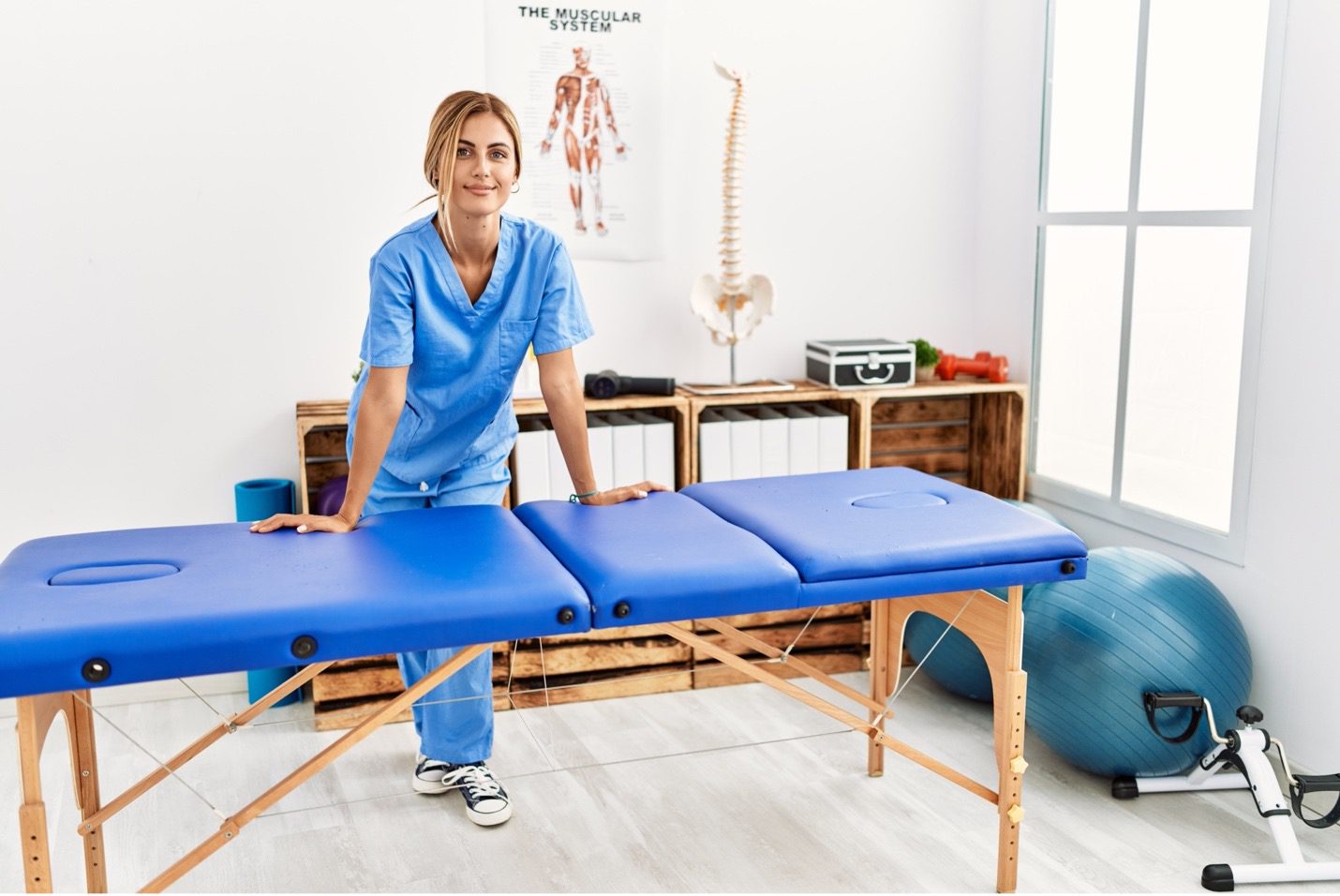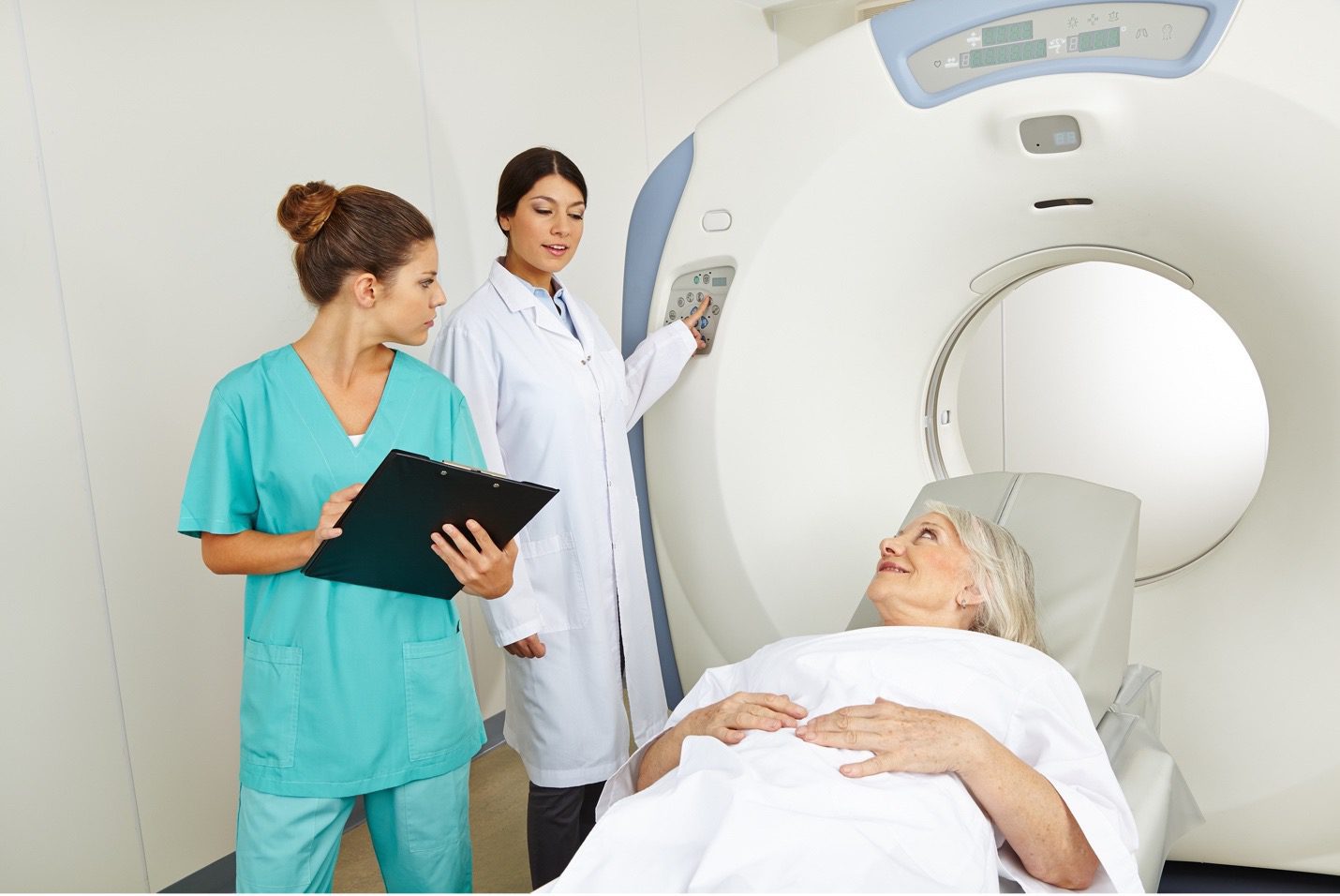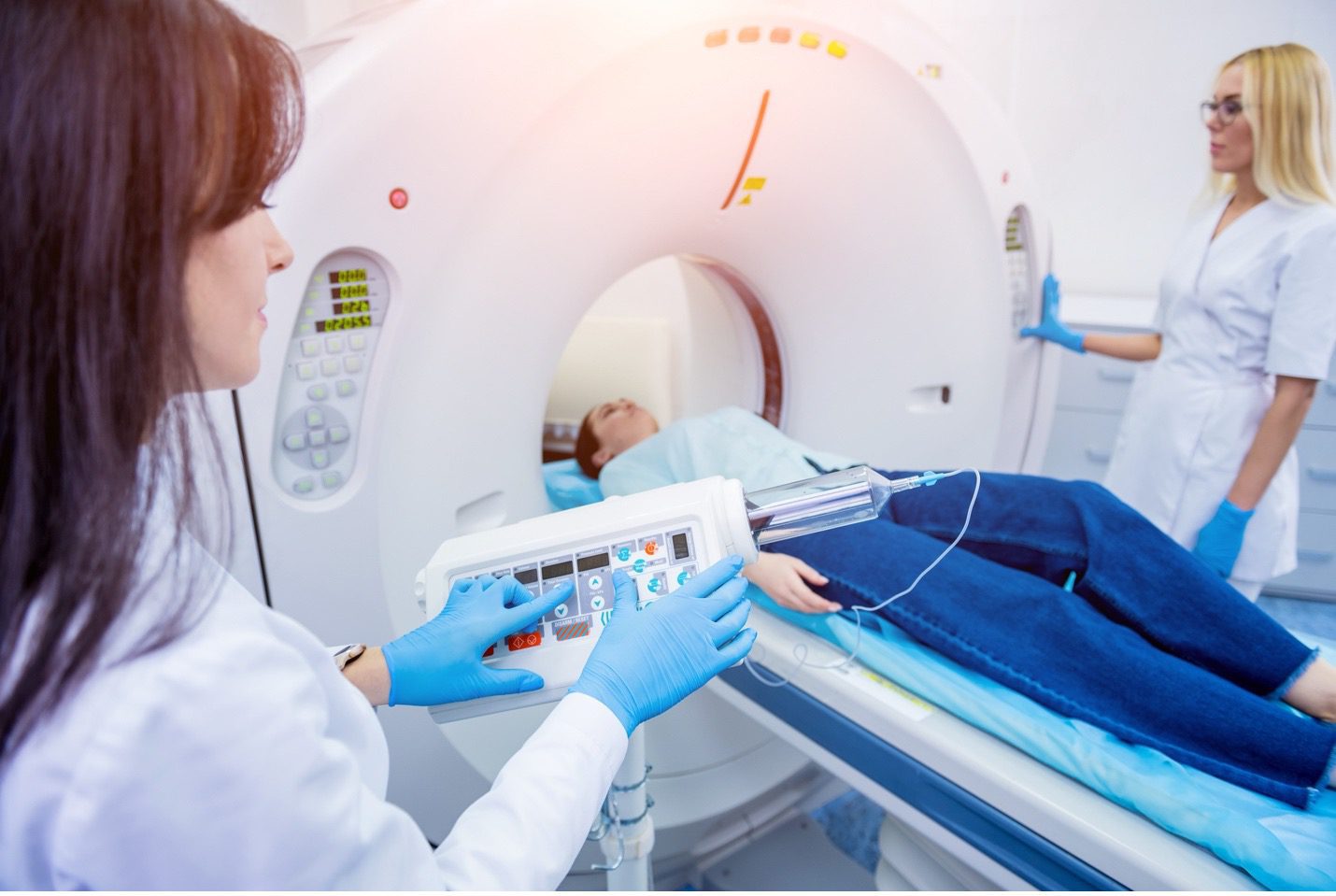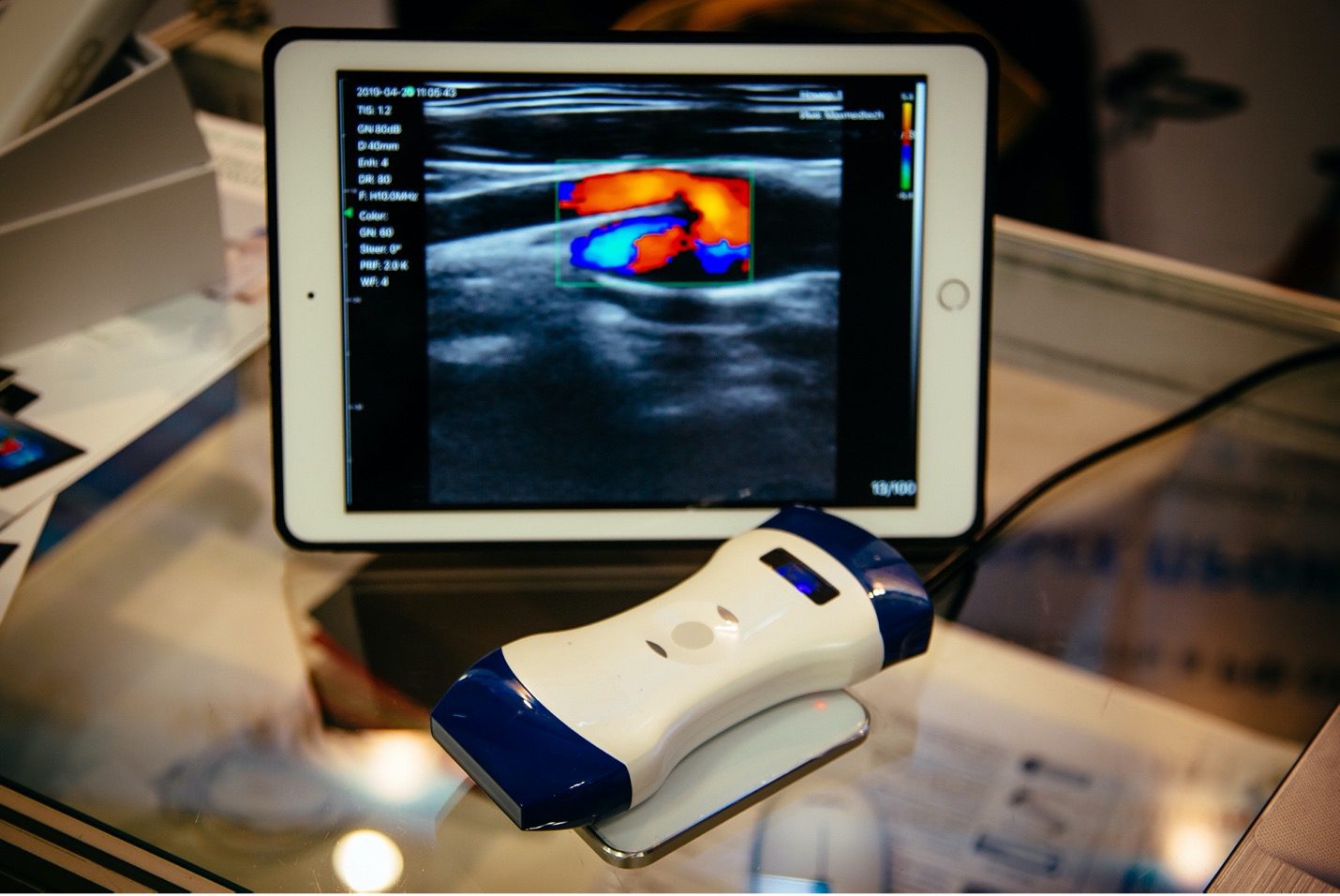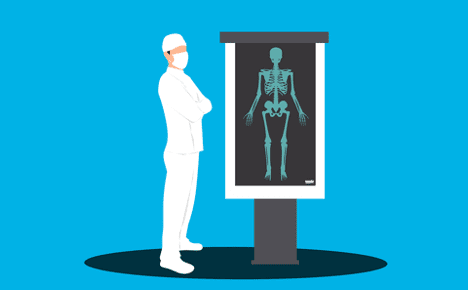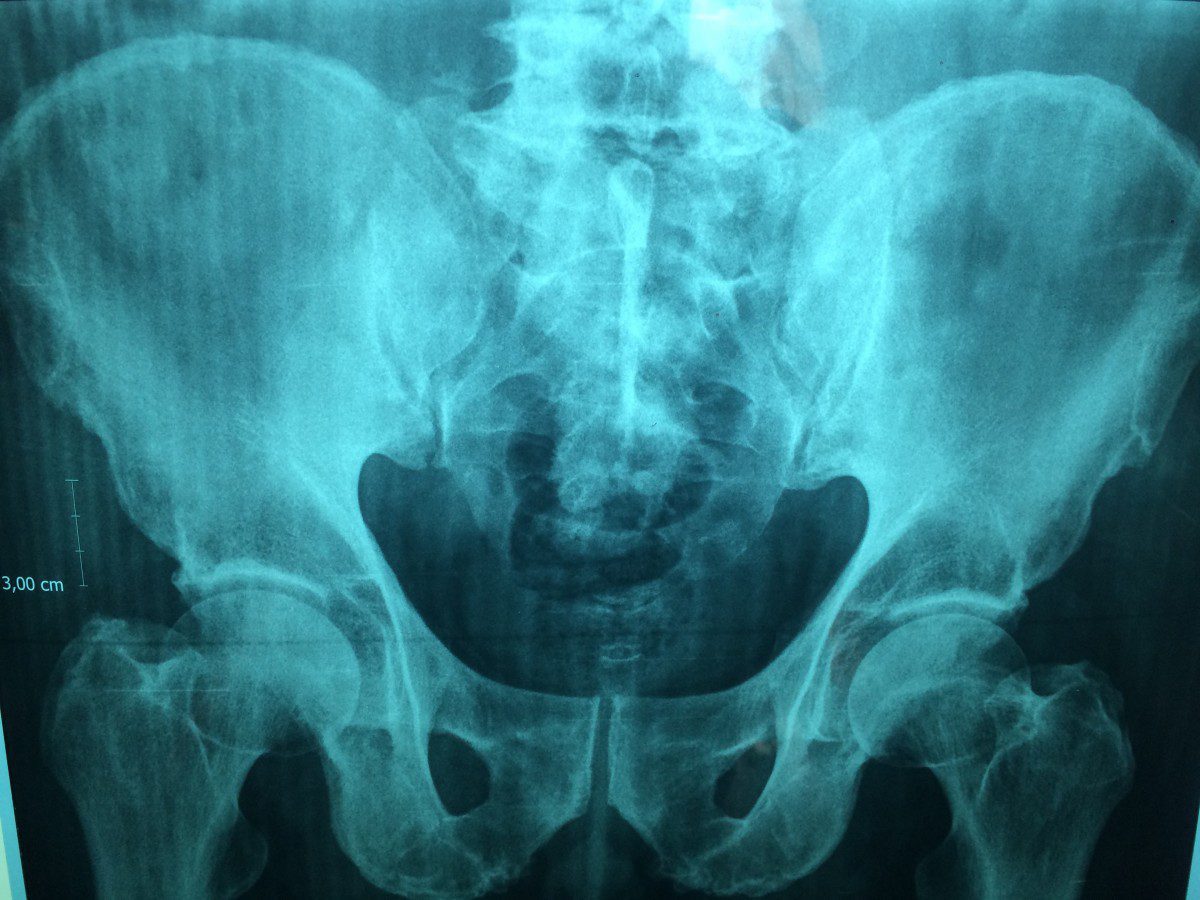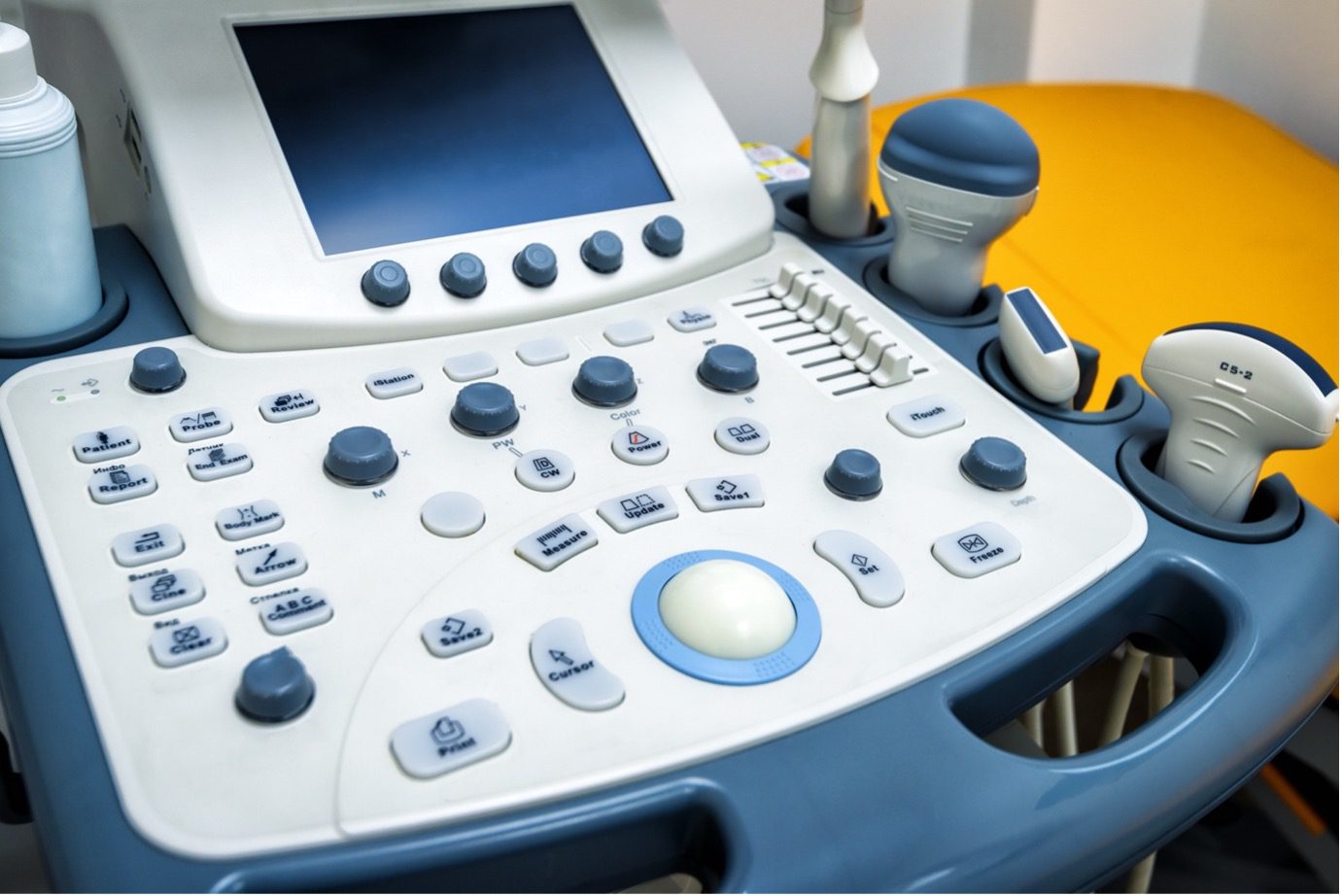
Medical imaging has been revolutionized by the invention of mobile imaging. Mobile Xray imaging is a new way of delivering medical imaging services from anywhere, at any time, and under any conditions. It combines the best benefits of traditional medical imaging with an unparalleled level of convenience and accessibility.
If you need to find out more about mobile imaging, just keep on reading this article because we’ll be explaining everything.
What is Mobile Imaging?
Mobile medical imaging is a service that provides medical imaging services via the use of mobile radiology equipment. These portable imaging devices are designed to provide diagnostic services in the most convenient and accessible settings.
Mobile imaging systems have been developed over the years as an alternative to fixed radiology departments. It’s faster, more convenient, and less expensive than traditional hospital-based imaging services. The mobile service allows patients to get their tests done anywhere, at any time.
The most common types of mobile radiography machines are Xray, EKG, and Ultrasound machines, among others. These machines come with high-quality functions that ensure accurate results every time they are used by certified technologists and radiologists. They can be used for various purposes:
Xray
Xrays are a type of noninvasive medical imaging technique that uses ionizing radiation (radioactivity) to produce images of internal tissues, organs, and bones. They are most commonly used to diagnose bone fractures, injuries, deformities, and other conditions that involve broken bones. They can also be used to identify whether an implantable pump or catheter is properly placed in the body and whether pneumonia or bronchitis has developed inside the lungs.
EKG
The EKG is a test that checks whether your heart is healthy or not. It measures the electrical activity of your heart and makes sure that it’s working properly. It can detect problems in the heart itself, such as an irregular heartbeat, which can be caused by a variety of things: high blood pressure, high cholesterol levels, or even coronary artery disease (narrowing of the arteries).
Ultrasound
Ultrasounds are a type of imaging technology that uses sound waves to take pictures of internal structures like organs, bones, and muscles. The ultrasound images can show abnormalities in these structures and be used to diagnose diseases such as abdominal aneurysms, blood flow issues in carotid arteries (which carry blood away from the heart), renal vascular disease (which causes abnormal clots), signs of kidney failure, or other conditions.
Benefits of Mobile Imaging
Mobile medical imaging has many benefits for patients and healthcare professionals alike. The reasons why people prefer to use mobile units include:
Affordability – compared with going to a clinic for an Xray or ultrasound scan, most people will find that mobile imaging is more affordable.
Quick result – it takes less time to get your results than if you went to the hospital for a traditional appointment.
Convenience – you don’t need to wait for an appointment at the clinic for your screening tests; you can make appointments online or by phone anytime.
More versatile – mobile equipment is more versatile than fixed units, which means that it can be moved around and used wherever it is most convenient for the user.
Conclusion
This new technology is making it possible for patients to have their imaging tests done at home, at work, or in the comfort of their own vehicle. It has become more accessible, less expensive, and efficient to those who need it most. As the mobile Xray and medical imaging industry develops, expect to see much larger networks and more efficient services in the near future. To learn more about mobile imaging or to inquire about what mobile imaging equipment we offer, contact us today!

